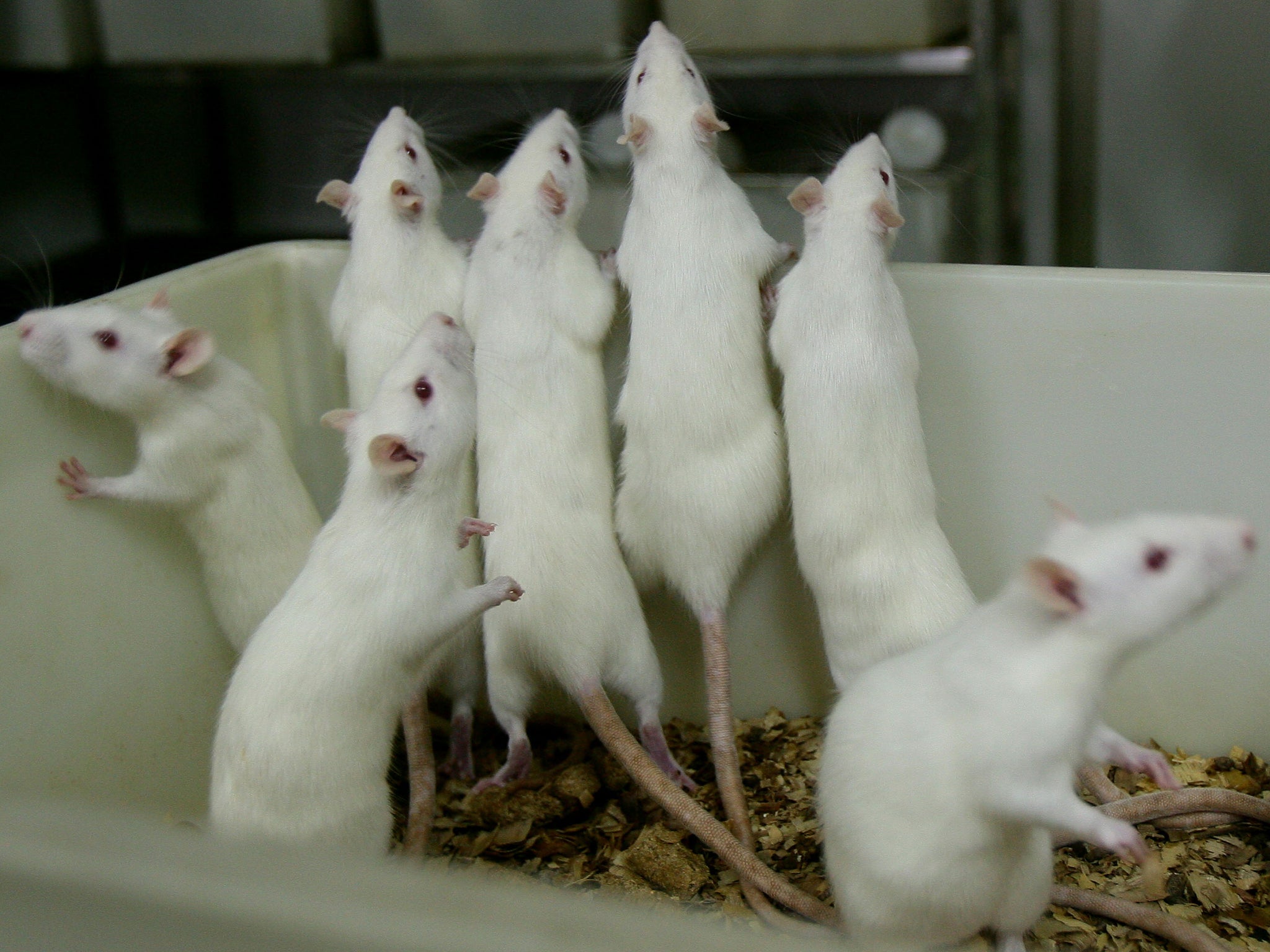Human intestine grown in mouse for first time as scientists say there is hope to create 'spare parts' for people
Whole organs, composed of a complex arrangement of specialised tissues, could one day be made inside a patient’s body

A segment of human intestine has been grown in laboratory mice for the first time as part of research that could one day produce transplant “spare parts” for repairing diseased tissues and organs using a patient’s own skin cells.
The miniature intestine grew from a single stem cell to the size of a fingertip and was able to carry out many of the functions associated with digesting and absorbing food, scientists said.
It is the latest evidence supporting the idea that whole organs, composed of a complex arrangement of specialised tissues, could be made inside a patient’s body by exploiting the inherent power of living cells to organise themselves into a fully functioning structure.
In addition to growing human organs from scratch, scientists believe that the technology will produce better laboratory models of diseased tissue for testing drugs, which could speed up the development of new medicines, as well as offering alternatives to animal testing.
“These studies support the concept that patient-specific cells can be used to grow intestine,” said Michael Helmrath, of the Cincinnati Children’s Hospital Medical Centre in the US state of Ohio, who led the study published in the journal Nature Medicine.
“This provides a new way to study the many diseases and conditions that can cause intestinal failure, from genetic disorders appearing at birth to conditions that strike later in life, such as cancer and Crohn’s disease,” Dr Helmrath said.
“These studies also advance the longer-term goal of growing tissues that can replace damaged human intestine.”
The study began by using genetic engineering to convert human skin and blood cells into a type of embryonic-like stem cells called induced pluripotent stem cells.
The stem cells were bathed in growth factors to trigger their conversion to intestinal cells before being transplanted into the kidney capsule of a mouse, where they were fed by a blood supply.
Six to eight weeks following transplantation, the ball of cells was bigger than a mouse kidney and had matured into almost all of the major tissue types found in a fully developed human intestine.
“The idea is that one day it may be possible to grow replacement tissues within the patient without the need for an organ transplant. It essentially uses the ability of cells themselves to self-organise into a working organ,” Dr Helmrath added.
Join our commenting forum
Join thought-provoking conversations, follow other Independent readers and see their replies
Comments
Bookmark popover
Removed from bookmarks